1. Before Installing a Toilet Bidet
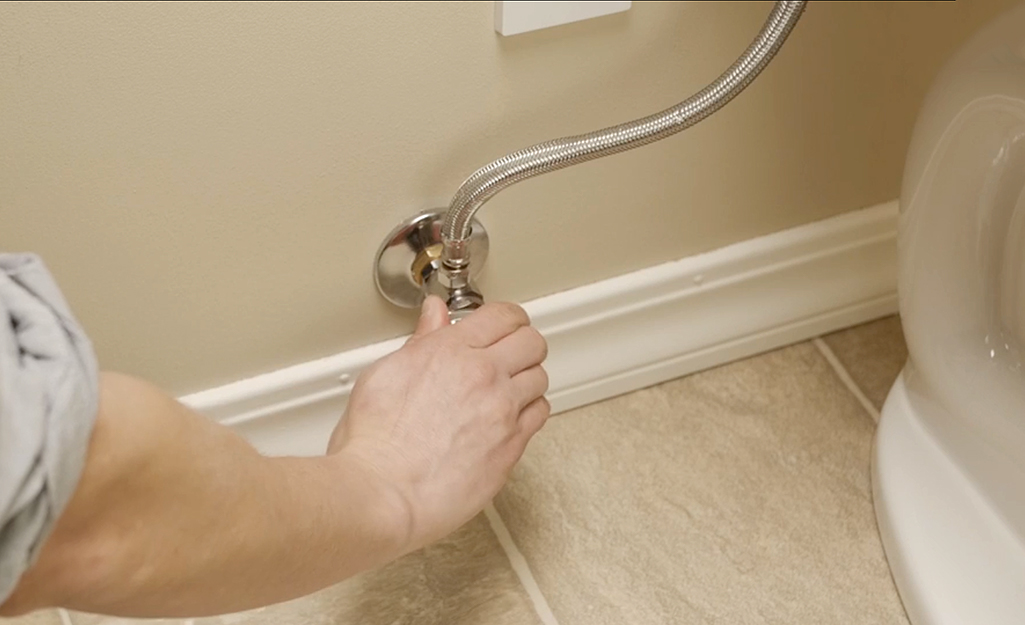
One of the simplest methods to add the cleaning function of a bidet to a small bathroom or a home with a restricted budget for plumbing upgrades is to install a toilet bidet seat or bidet sprayer.
- Ascertain if you want a bidet seat or a sprayer for your bathroom and toilet bowl.
- Use the shut-off valve to turn off the water to the toilet before installing the bidet.
- Flush the toilet until it is completely empty.
Important: When installing a toilet bidet, the water supply hose must be disconnected, so have a towel or a scuttle handy to capture any water from the tank or hose to avoid water leakage.
2. How to Install a Toilet Bidet seat
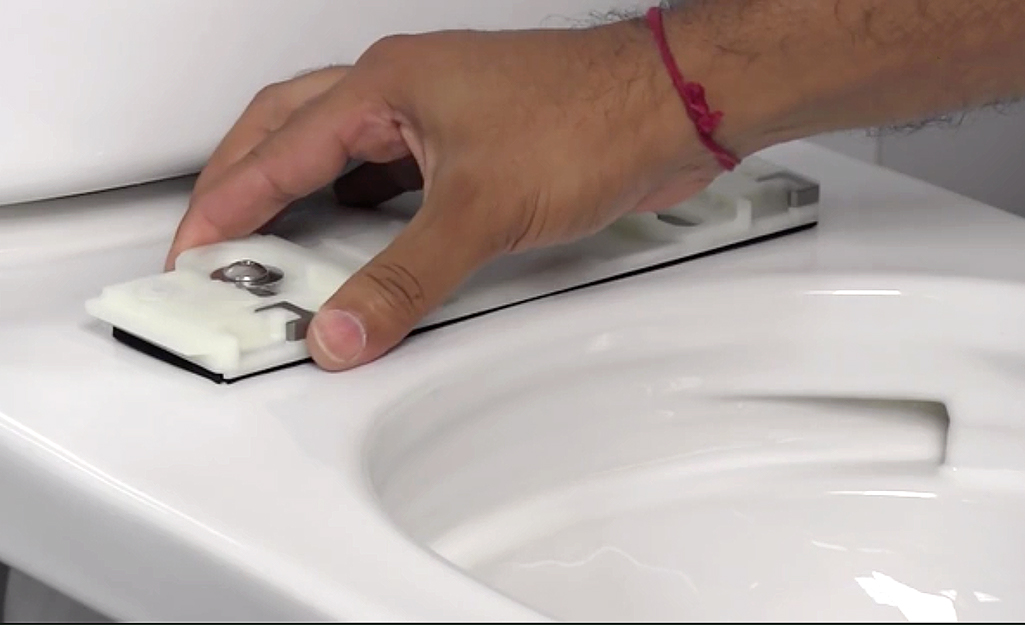
A toilet bidet seat is a seat with built-in bidet technology that replaces your current toilet seat. Below are some of the tips to better install your toilet bidet.
- Remove the existing toilet bidet seat using a wrench if necessary. If you can, recycle the old seat and any parts.
- Use a bristle scrubbing brush or a toilet bowl cleanser to clean the rim.
- By aligning the bidet seat mounting plate also known as a catch plate over the bolt holes and fasten the brackets, to install the Biden seat. The mounting bolts should be inserted and tightened properly.
- Slide the bidet seat onto the mounting plate, making any necessary adjustments.
- To remove the seat from the mounting plate, press the release button on the seat.
3. How to fix a Bidet Water Line
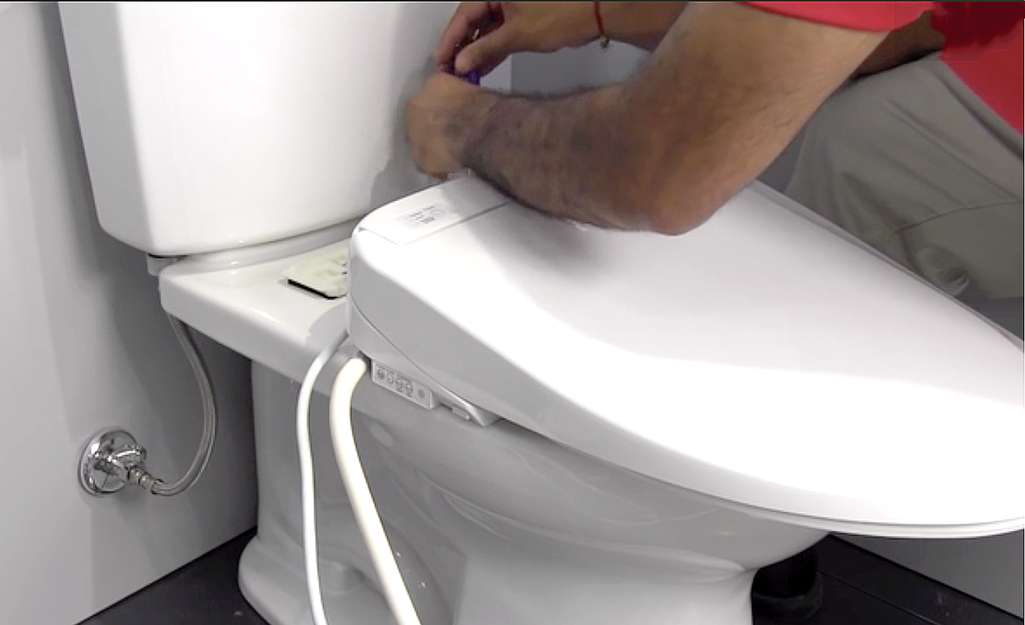
Disconnect the toilet’s flexible water supply hose from the toilet tank’s base.
Connect the toilet bidet T-valve to the tank’s base.
Connect the water supply hose to the T-lower valve’s connection.
Connect one end of the bidet’s supply hose to the T-upper valve’s connection.
Fix the bidet hose’s free end to the bidet seat. Ensure that all connections are safe.
To turn on the water, use the shutdown valve. Check for leaks and put the bidet to the test.
Important: If you want to use warm water, some bidet seats offer connectors for separate cold and hot water lines.
4. Warm water options
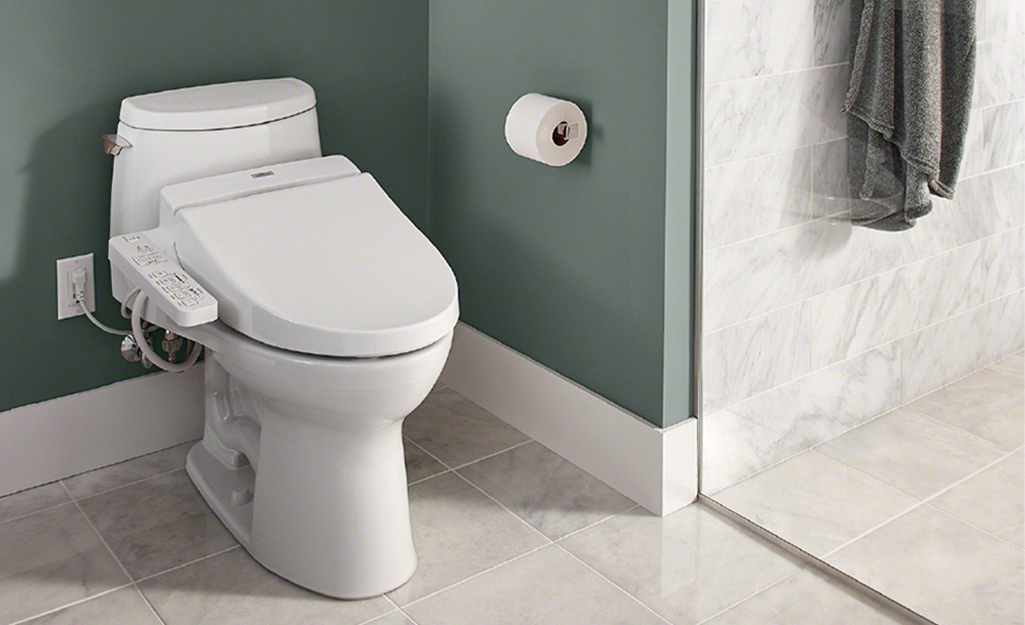
Warm water is available in two forms with your new toilet bidet seat.
- To bring hot water from the sink’s supply line, the first option is to utilise a “T” or “Y” valve. This method works for both electric and non-electric models.
- If you want an electric toilet with amenities like immediate hot water and a night light, you’ll need to put an electric outlet close to the toilet.
- A ground fault circuit interrupter must be installed on all electrical outlets in moist areas such as restrooms (GFCI). The electrical circuit coming into your home should be GFCI protected. Look for an outlet with “test” and “reset” buttons. A label that says “GFCI” should also be present.
- While installing an outlet is a DIY project, if you are unclear about how to connect it properly, you should hire a professional electrician or plumber.
- If you’re confident you can do it, replace the bathroom breaker with a GFCI breaker or make sure the new outlet is connected to the “load” side of the existing GFCI outlet. The new outlet will not be protected if you connect to the “line” side.
- GFCI outlets must be positioned in easily accessible areas and must not be blocked by furniture or fixtures, according to the electrical code.
- When choosing a site for your new outlet, keep this in mind. Place it near, but not behind, the toilet. Examine the electrical system in your area.
5. How To Install a Hand-Held Toilet Bidet Sprayer
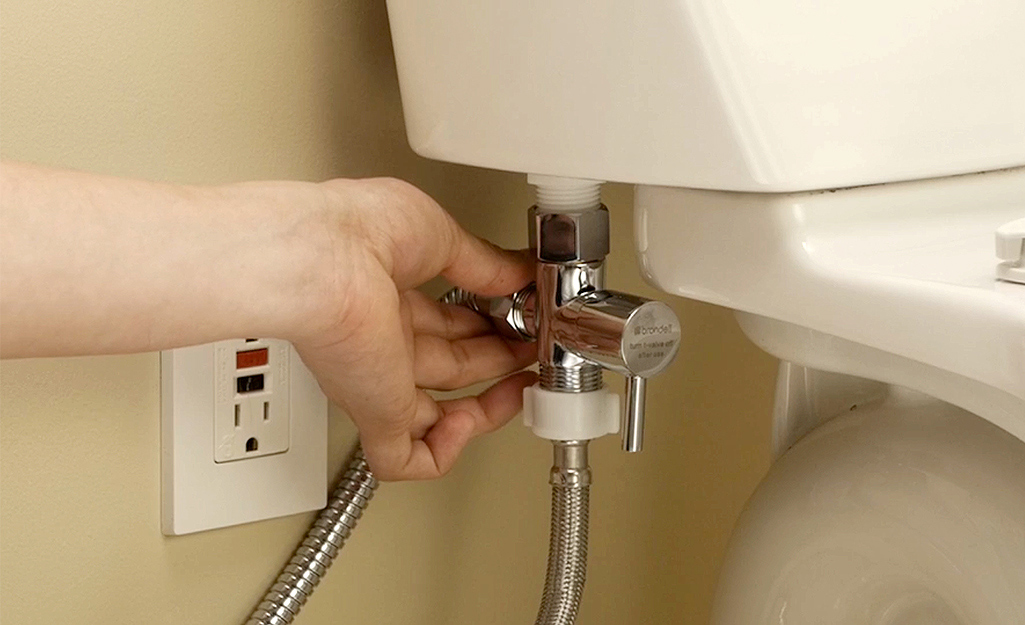
A hand-held toilet sprayer adds to the functionality of your toilet bidet and can be mounted on the tank or on a neighbouring wall. The techniques for installing a bidet sprayer are similar to those for installing a bidet seat.
- Determine which side of the toilet is the most convenient for the sprayer before installing it.
- Disconnect the toilet’s flexible water supply hose from the toilet tank’s base.
- Connect the toilet bidet T-valve to the tank’s base.
- Connect the water supply hose to the T-lower valve’s connection.
- Connect one end of the sprayer hose to the T-top valve’s connection.
- Attach the sprayer head and any necessary extensions to the sprayer hose’s free end.
- Attach the holster clip to the tank’s edge or the holster mount to the wall.
- Turn on the water to see if the bidet sprayer works.
Important: Separate switches for turning on the water and operating the sprayer are common on hand-held sprayers. When first turning on the unit, make sure both buttons “Off” to avoid uncontrolled bidet spray.
6. How to Install a Freestanding Bidet
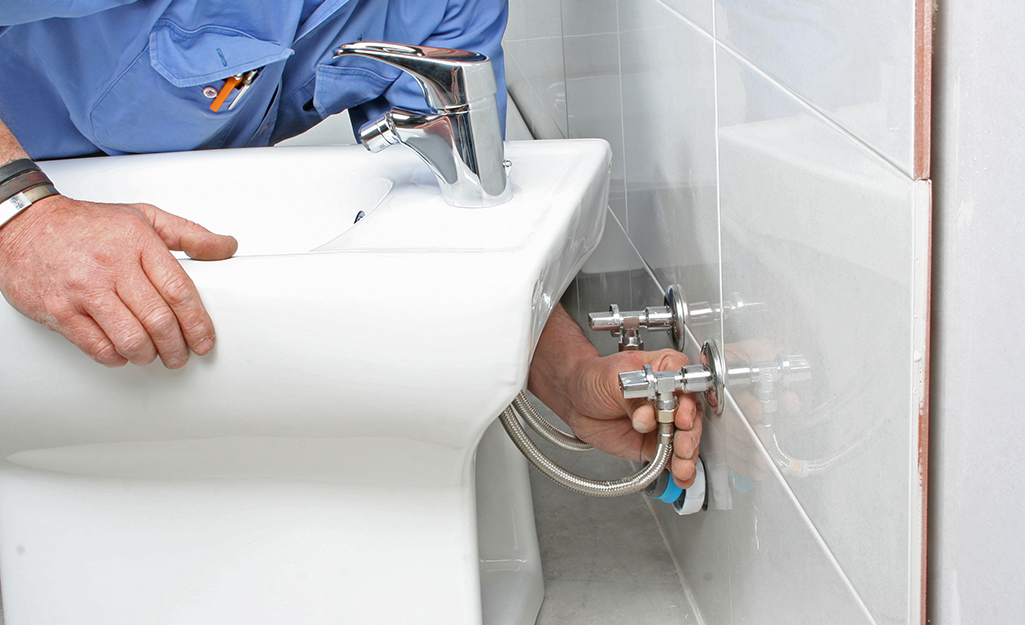
Because freestanding bidets are about the size of a toilet, they may not fit in small bathrooms or water closets. If your bathroom doesn’t already have a bidet trap and other necessary plumbing, don’t install one. Professional installation is highly suggested if you wish to add a regular bidet as part of a refurbishment.
- Installing a bidet is key to replacing a toilet if your bathroom has proper plumbing.
- Put the bidet together by connecting the drain and faucet. Follow the owner’s manual’s directions to the letter.
- Place the bidet over the water supply and drain lines. Trace the contour of the bidet and indicate the location of the hold-down bolts using a pencil or tape.
- Using a power drill, drill pilot holes for the hold-down bolts.
- Reinstall the bidet and tighten the bolts. Cover the heads of the bolts with covers.
- Cover the heads of the bolts with covers.
- To ensure that the bidet is not at an angle, use a measuring level.
- As you would when installing a toilet, apply silicone sealant around the base of the bidet.
- Water supply, shut-off valve, and drain should all be connected.
- Turn on the water and check the bidet for correct working and leaks by opening the valve.
A bidet attachment, such as a bidet seat or hand-held sprayer, is simple to install and offers an excellent alternative to a traditional bidet. Bidets can be a refreshing addition to one’s daily hygiene routine while also saving money on toilet paper.

